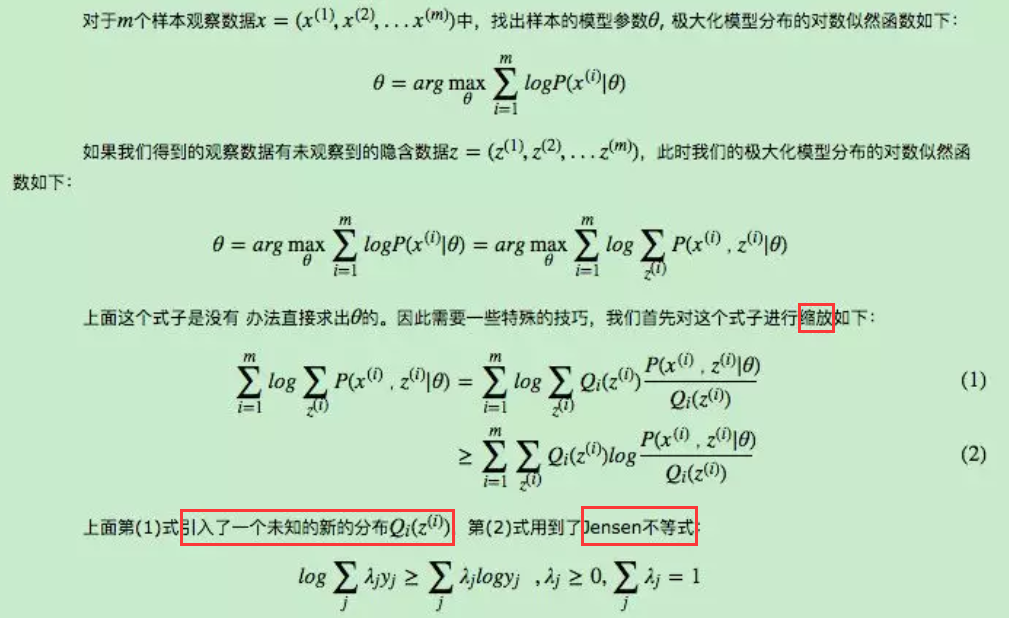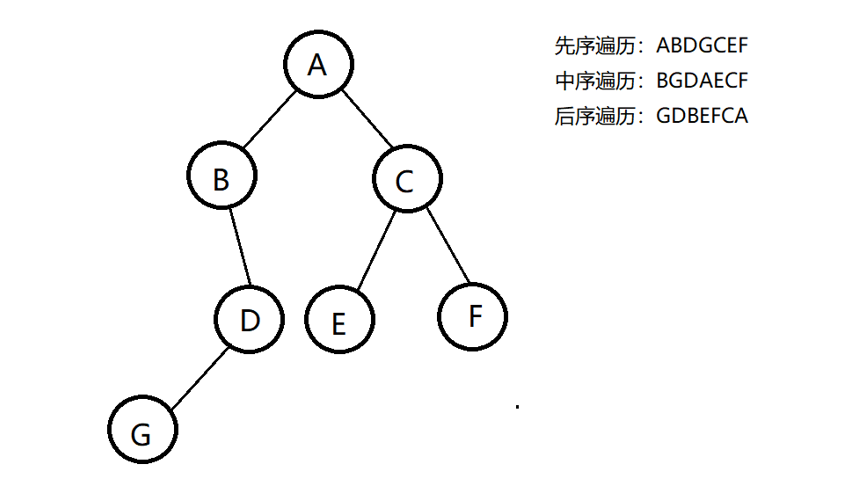Google Guava学习 -Guava Range类
1.功能:数据范围处理
2.代码:
package com.example.google.guava.demo.clazz;import com.google.common.collect.ContiguousSet;import com.google.common.collect.DiscreteDomain;import com.google.common.collect.Range;import com.google.common.primitives.Ints;/*** <p>* <code>RangeTest</code>* </p>* Description:** @author Mcchu* @date 2017/10/19 9:06*/public class RangeTest {public static void main(String[] args) {testRange();}private static void testRange(){// 1.使用Range.closed()创建范围: [a,b] = { x | a <= x <= b}Range<Integer> range1 = Range.closed(0, 9);System.out.println("新建数据范围range1:"+range1);printRange(range1);// 1.1包含关系Boolean containVal = range1.contains(1);Boolean containAllVal1 = range1.containsAll(Ints.asList(1,3,5));Boolean containAllVal2 = range1.containsAll(Ints.asList(1,3,5,12));System.out.println("是否包含1:"+containVal);System.out.println("是否包含1,3,5:"+containAllVal1);System.out.println("是否包含1,3,5,12:"+containAllVal2);// 1.2边界值Boolean bol1 = range1.hasLowerBound();Boolean bol2 = range1.hasUpperBound();System.out.println("是否存在最小边界值:"+bol1);System.out.println("是否存在最大边界值:"+bol2);Integer lower = range1.lowerEndpoint();Integer upper = range1.upperEndpoint();System.out.println("最小边界值:"+lower);System.out.println("最大边界值:"+upper);System.out.println();// 2.使用Range.open()创建范围: (a,b) = { x | a < x < b}Range<Integer> range2 = Range.open(0,9);System.out.println("新建数据范围range2:"+range2);printRange(range2);System.out.println();// 3.使用Range.openClosed()创建范围: (a,b] = { x | a < x <= b}Range<Integer> range3 = Range.openClosed(0, 9);System.out.println("新建数据范围range3:"+range3);printRange(range3);System.out.println();// 4.使用Range.closedOpen()创建范围: [a,b) = { x | a <= x < b}Range<Integer> range4 = Range.closedOpen(0, 9);System.out.println("新建数据范围range4:"+range4);printRange(range4);System.out.println();// 5.右无穷大 a>9Range<Integer> range5 = Range.greaterThan(9);System.out.println("新建数据范围range5:"+range5);// 5.1边界值Boolean bol3 = range5.hasLowerBound();Boolean bol4 = range5.hasUpperBound();System.out.println("是否存在最小边界值:"+bol3);System.out.println("是否存在最大边界值:"+bol4);Integer lower1 = range5.lowerEndpoint();//Integer upper1 = range5.upperEndpoint(); //抛java.lang.IllegalStateException: range unbounded on this sideSystem.out.println("最小边界值:"+lower1);//System.out.println("最大边界值:"+upper1);System.out.println();// 6.子范围Range<Integer> range6 = Range.closed(3, 5);System.out.println("新建数据范围:"+range6);printRange(range6);Boolean subRange = range1.encloses(range6);System.out.println("范围range1是否包含range6:"+subRange);System.out.println();// 7.承接关系Range<Integer> range7 = Range.closed(9, 20);System.out.println("新建数据范围:"+range7);printRange(range7);Boolean connected = range7.isConnected(range1);System.out.println("范围range7是否承接range1:"+connected);System.out.println();// 8.范围交叉,取交集、并集Range<Integer> range8 = Range.closed(5, 15);Range<Integer> intersection = range1.intersection(range8);System.out.println("范围range1和range8的交集:"+intersection);printRange(intersection);Range<Integer> span = range1.span(range8);System.out.println("范围range1和range8的并集:"+span);printRange(span);}private static void printRange(Range<Integer> range){System.out.print("具体数据范围:");System.out.print("[ ");for(int grade : ContiguousSet.create(range, DiscreteDomain.integers())) {System.out.print(grade +" ");}System.out.println("]");}}
3.输出结果:
新建数据范围range1:[0..9]具体数据范围:[ 0 1 2 3 4 5 6 7 8 9 ]是否包含1:true是否包含1,3,5:true是否包含1,3,5,12:false是否存在最小边界值:true是否存在最大边界值:true最小边界值:0最大边界值:9新建数据范围range2:(0..9)具体数据范围:[ 1 2 3 4 5 6 7 8 ]新建数据范围range3:(0..9]具体数据范围:[ 1 2 3 4 5 6 7 8 9 ]新建数据范围range4:[0..9)具体数据范围:[ 0 1 2 3 4 5 6 7 8 ]新建数据范围range5:(9..+∞)是否存在最小边界值:true是否存在最大边界值:false最小边界值:9新建数据范围:[3..5]具体数据范围:[ 3 4 5 ]范围range1是否包含range6:true新建数据范围:[9..20]具体数据范围:[ 9 10 11 12 13 14 15 16 17 18 19 20 ]范围range7是否承接range1:true范围range1和range8的交集:[5..9]具体数据范围:[ 5 6 7 8 9 ]范围range1和range8的并集:[0..15]具体数据范围:[ 0 1 2 3 4 5 6 7 8 9 10 11 12 13 14 15 ]



































还没有评论,来说两句吧...